Are sit-ups damaging your spine? Here's how to sculpt your abs safely
Sit-ups have been a staple of fitness programmes for many years, but research shows they could be harming your back
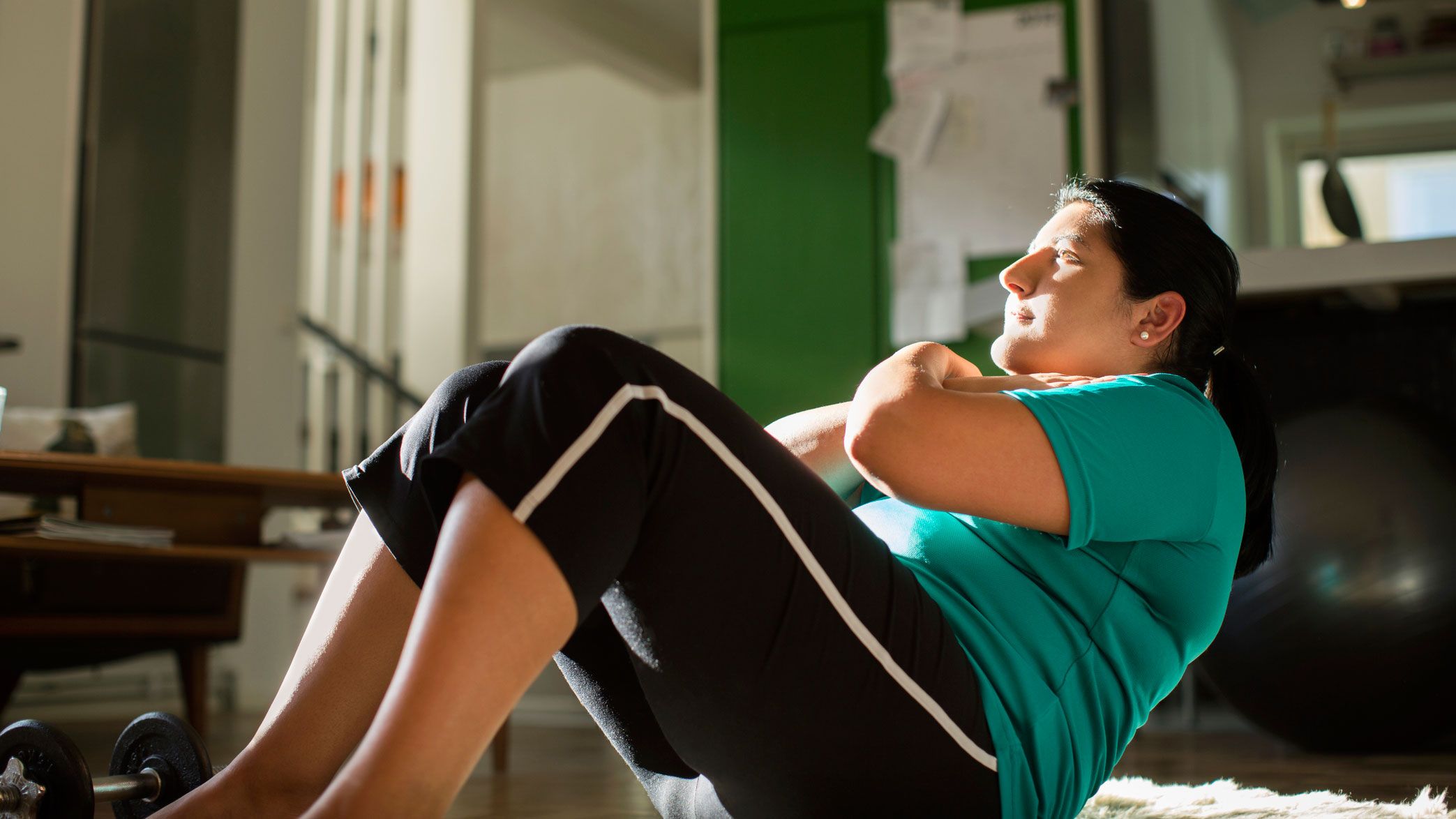

Sit-ups have long been used as a staple fitness exercise. It strengthens your core, and as any workout expert will tell you, a stronger core benefits you every time you stand up, sit down or perform any exercise requiring stability and balance. That would be most of them.
However, there's a problem with sit-ups which you might know know about if you're just getting into fitness for the very first time: they can be very harmful on the spine and lower back.
- We've found the best Fitbit deals available now
- Best exercise for weight loss
This is because sit-ups and crunches require you to curve your spine in order to contract your abdominal muscles. Unfortunately, your back is on the floor, so when you curve your spine, it presses into the floor, trapped between it and the rest of your body.
A report from Harvard University showed sit-ups damage your spine and your lower back muscles by shifting a lot of load onto your hip flexors. The report said "when the hip flexors are too strong or too tight, they tug on the lower spine, which can create lower back discomfort" in addition to the curvature of the move pushing your spine into the floor.
In an article published by the BBC, New Zealand fitness expert Bret Contreras recommends limiting the amount of "spinal exercises" you do within each fitness session, as too many repetitions could result in serious spine injuries.
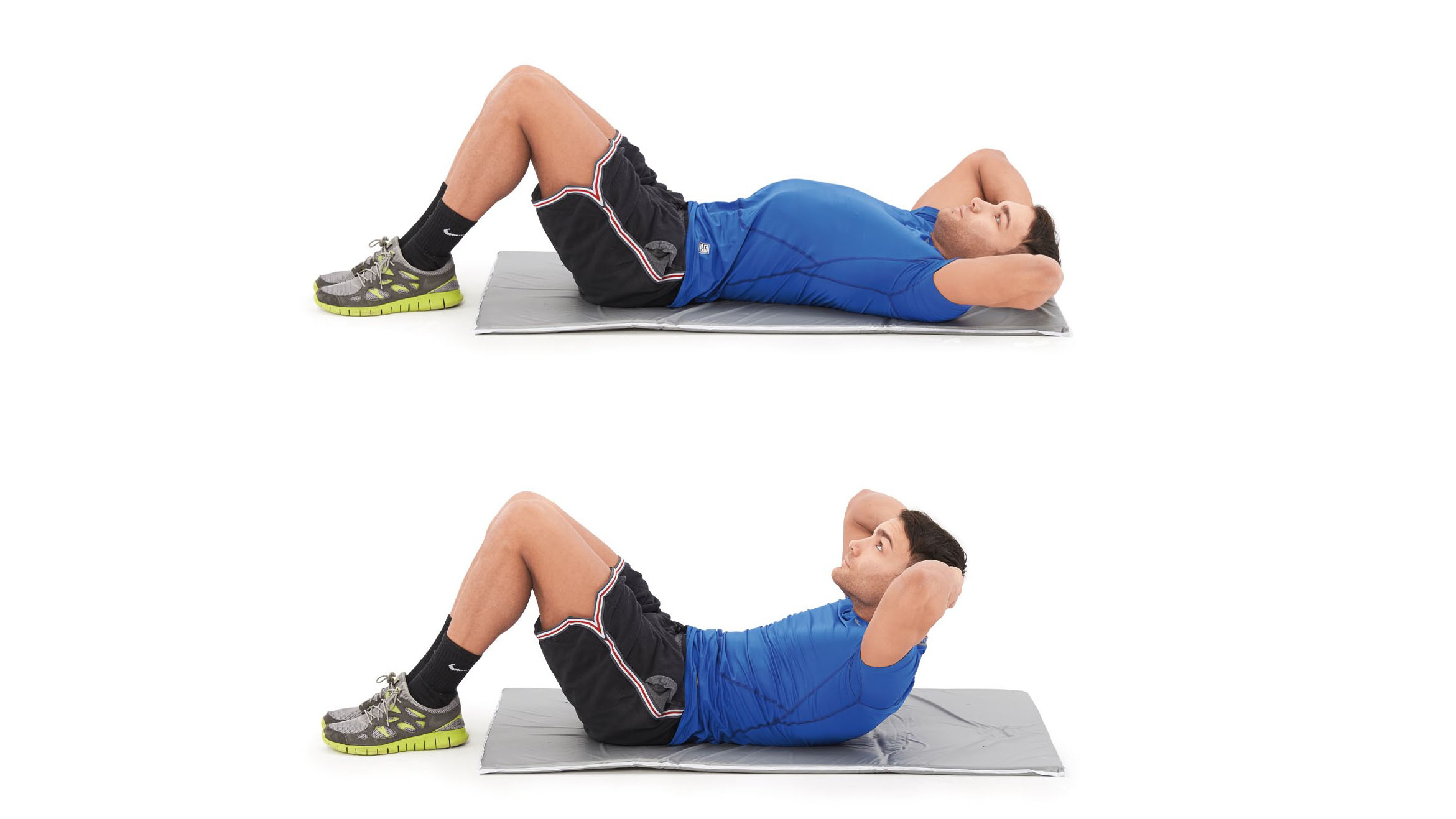
According to Contreras, the best way to do sit-ups is keep the numbers very low and replace most of your repetitions with an exercise that does not put too much pressure on your spine.
When you're looking to tone your core, plank exercises are the perfect solution. It puts no pressure on your spine and exercises your "stability" muscles, getting you sweating by toning up your abs, obliques and even your lower back.
Get the Fit&Well Newsletter
Start your week with achievable workout ideas, health tips and wellbeing advice in your inbox.
A study published in the journal Physical Therapy Rehabilitation Science found plank exercise improves all muscle activities and can be attributed to improving your general medical health.
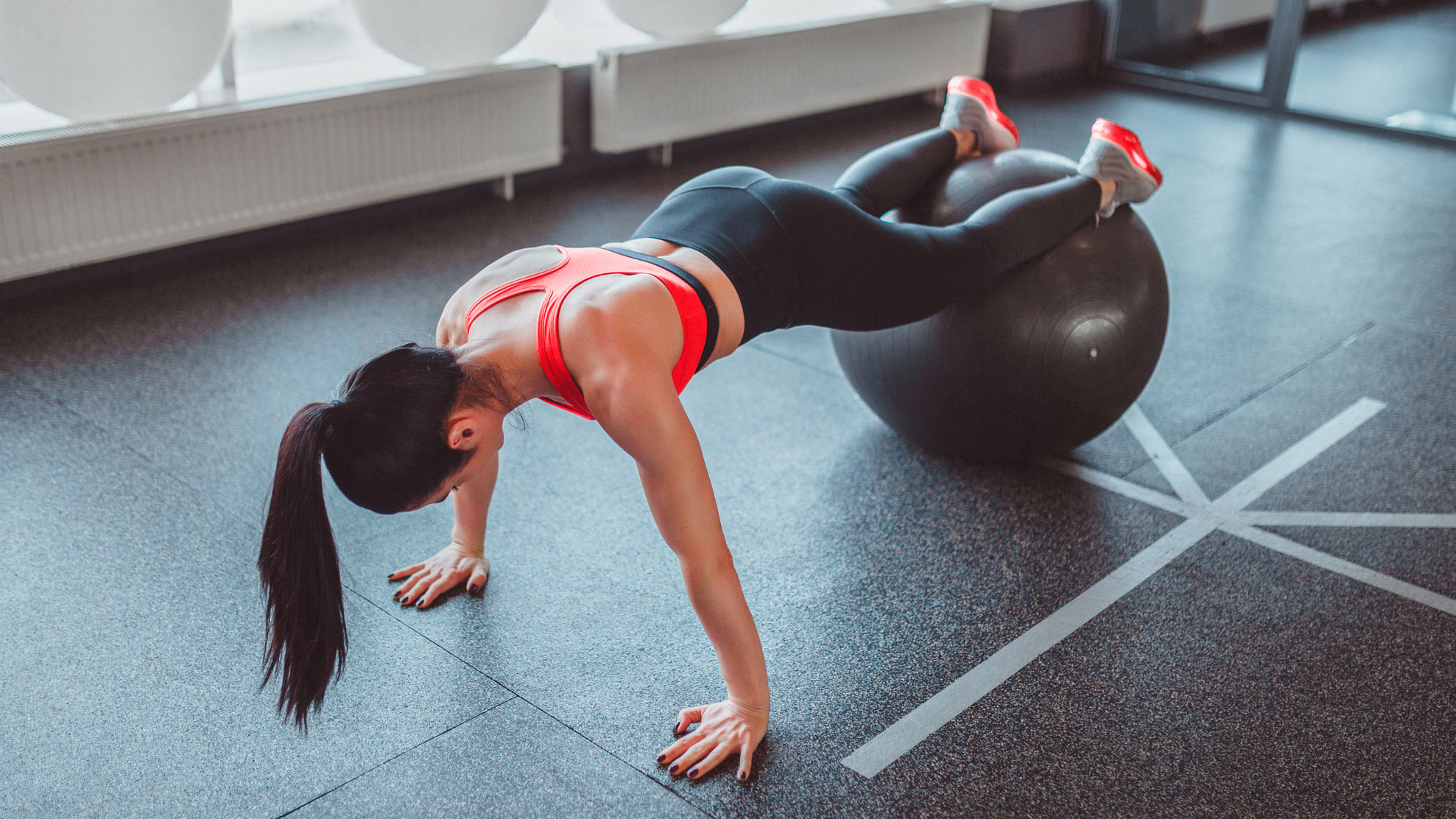
The study also found a great way to improve your plank exercise: by using a suspension device to keep your feet off the floor, or placing them on an unstable surface.
Planks are an isometric exercise, which means you have to hold a position for a certain amount of time to train those muscles. If you place your feet on an unstable surface, the added instability makes the position harder to hold, causing your muscles to work harder.
If you'd still like to perform sit-ups and crunches, one common recommendation is to get a Swiss ball or exercise ball. Performing sit-ups on this inflatable surface will reduce the pressure on your spine, while still allowing you to contract your abs.
Liked this?
Matt Evans is an experienced health and fitness journalist and is currently Fitness and Wellbeing Editor at TechRadar, covering all things exercise and nutrition on Fit&Well's tech-focused sister site. Matt originally discovered exercise through martial arts: he holds a black belt in Karate and remains a keen runner, gym-goer, and infrequent yogi. His top fitness tip? Stretch.
-
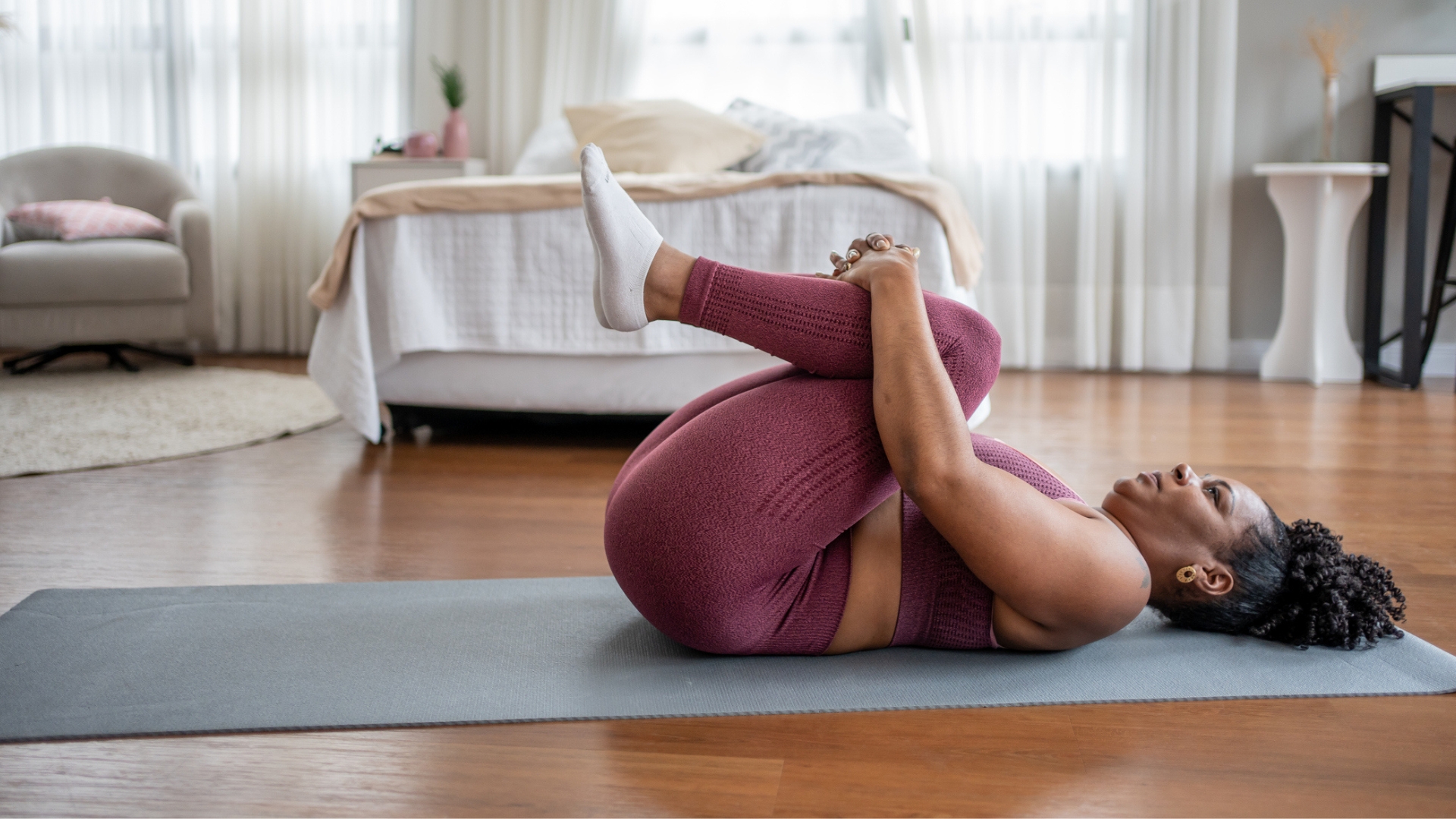 A top mobility coach says you should stop stretching at the end of your workouts and do them before bed instead
A top mobility coach says you should stop stretching at the end of your workouts and do them before bed insteadUse my five-move routine to wind down before bed
By Sam Rider Published
-
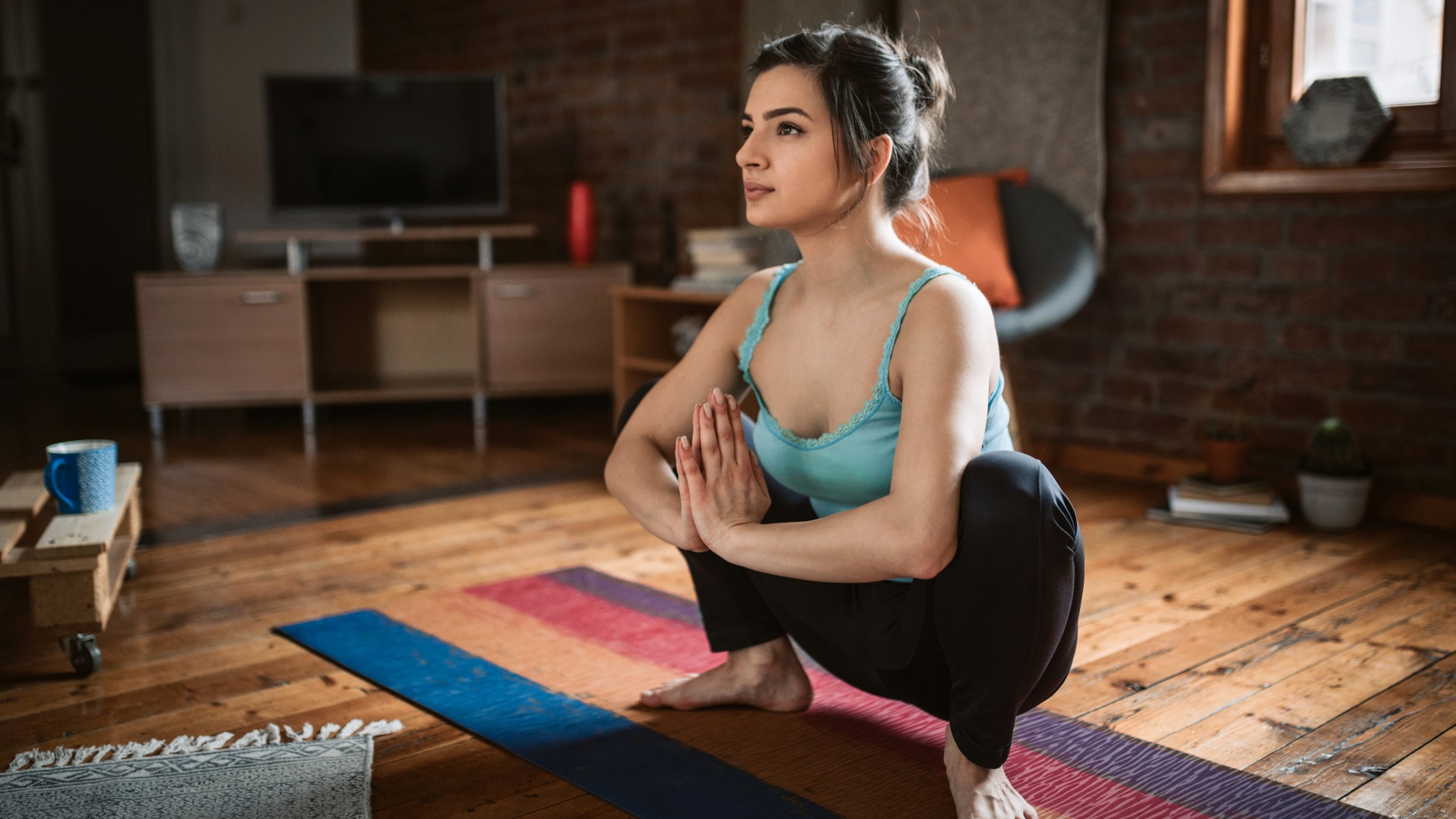 Hip stretches not working for you? These five dynamic movements did wonders for my mobility—and they're physical therapist-approved
Hip stretches not working for you? These five dynamic movements did wonders for my mobility—and they're physical therapist-approvedI tried this dynamic hip stretch routine and it felt so good I had to ask a physical therapist to find out why it was so effective
By Lou Mudge Published
